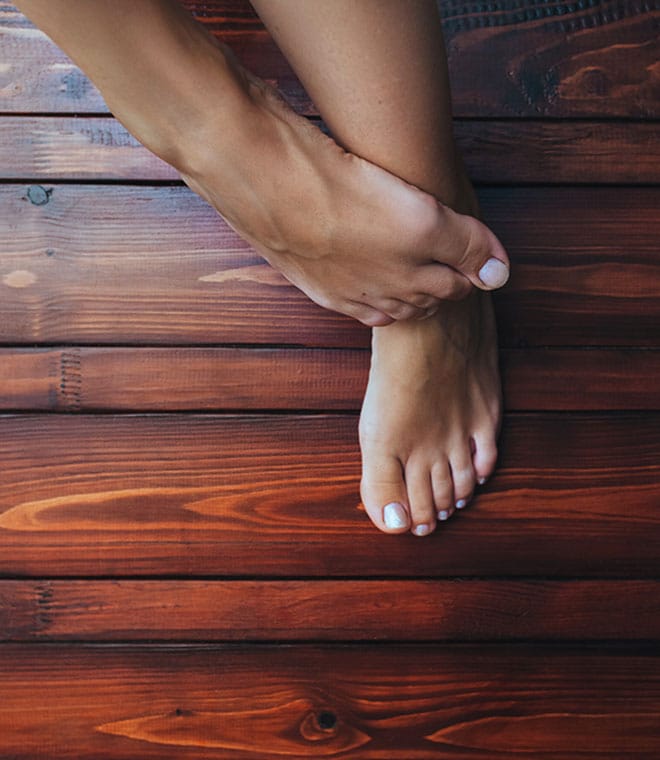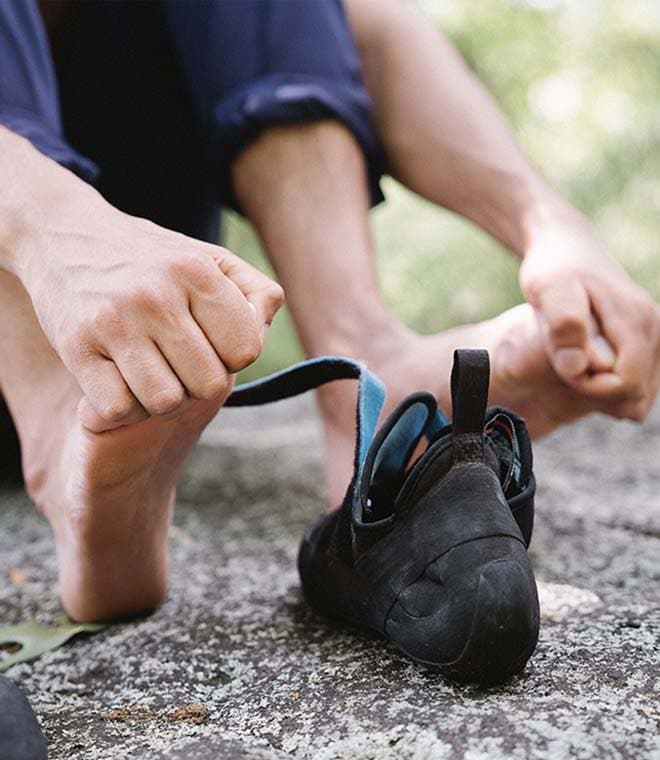Health
Is toenail fungus contagious?
By Anna H. Chacon, MD, Fellow of the American Academy of Dermatology Oct 22, 2024 • 5 min
Toenail fungus is very contagious. Fungal infections of the toenail are caused by several different types of fungi, which thrive in warm, moist environments—like sweaty socks and shoes. The fungus can be transferred onto surfaces when people walk barefoot.
A fungal infection of the toenail can spread from one toe to another in several ways, including:
- An infected toe may rub against the toe next to it, spreading the fungus to the new toe, where it can take hold and grow
- If you touch an infected toenail and then touch an uninfected toenail, you can spread the fungus to the uninfected nail
- If you use the same tools, like nail files or clippers, on an uninfected toenail or fingernail after using them on an infected nail, the fungus can spread to the uninfected nail
Likewise, a fungal toenail infection can spread to other people through:
- Sharing tools, like files, clippers or nail polish
- Sharing shoes or socks
- Walking barefoot in public places, most commonly around a pool, community shower or in a locker room
- Sleeping barefoot in the same bed
How to prevent toenail fungus from spreading
The best way to ensure a toenail fungus doesn’t spread to another toenail or another person is to seek treatment for the infection. While over-the-counter antifungal creams are popular, they aren’t very effective for most people. Even prescription-strength creams are often unsuccessful at getting rid of toenail fungus. The most effective medication for toenail fungal infections is an oral antifungal drug.
For a severe infection or if other treatments do not work, toenail removal may be needed. Surgical removal of the toenail takes place in a doctor’s office. After the area is anesthetized, the toenail is lifted from the bed and removed. Nonsurgical toenail removal involves applying a cream that softens the nail and then having the doctor scrape away as much of the fungus as possible. This may take several treatments before all of the fungus is removed.
These are some precautions you can take to help prevent the spread of toenail fungus until the infection clears up:
- Wear flip-flops or sandals to protect your feet at public pools and shower areas
- Replace damp, sweaty socks with clean ones every day
- Wear well-fitting shoes made of a breathable material, like leather, mesh or canvas
- Alternate wearing pairs of shoes that tend to get moist when your feet sweat. Let a pair of shoes dry out for 24 hours before wearing them again.
- Keep your toenails neatly trimmed to prevent fungus from getting under the nails
- Sanitize your nail clipper after you use it on an infected nail. To sanitize it, wash the nail clipper in hot water and soap, then wipe it down with rubbing alcohol.
- Don’t share clippers, shoes, socks or other foot-related items with other people
- Keep your feet clean and dry
- Keep the skin on your feet from cracking by using a lotion or skin barrier ointment. This can help prevent fungi from entering the skin.
- If you have athlete’s foot, get it treated right away, since the fungus that causes this condition can spread to your toenails.
When to see your healthcare provider
At the first sign of a toenail fungal infection, visit your healthcare provider for an evaluation and treatment plan. They may have you try over-the-counter topical medications before considering prescription creams or oral antifungals. Early signs of toenail fungus include:
- A white or yellowish-brown discolored spot near the tip of the nail
- Changes in the texture of your toenails, such as thickening, crumbling or brittleness
- Soreness, inflammation or swelling around a toenail
- Itchy, dry skin around your toenails
People with a chronic condition like diabetes or a weakened immune system may be more susceptible to toenail fungus and complications. If you have symptoms of toenail fungus, you should contact your healthcare provider to treat the condition and prevent spreading.
Updated by Julie McDaniel, MSN, RN, CRNI, October 2024.
Sources:
- https://www.mayoclinic.org/diseases-conditions/nail-fungus/symptoms-causes/syc-20353294
- https://www.aad.org/public/diseases/a-z/prevent-another-nail-infection
- https://www.aad.org/public/diseases/a-z/nail-fungus-overview
- https://www.apma.org/Patients/FootHealth.cfm?ItemNumber=1523
- https://www.aad.org/public/diseases/a-z/nail-fungus-treatment
- https://www.aad.org/public/diseases/a-z/nail-fungus-symptoms



